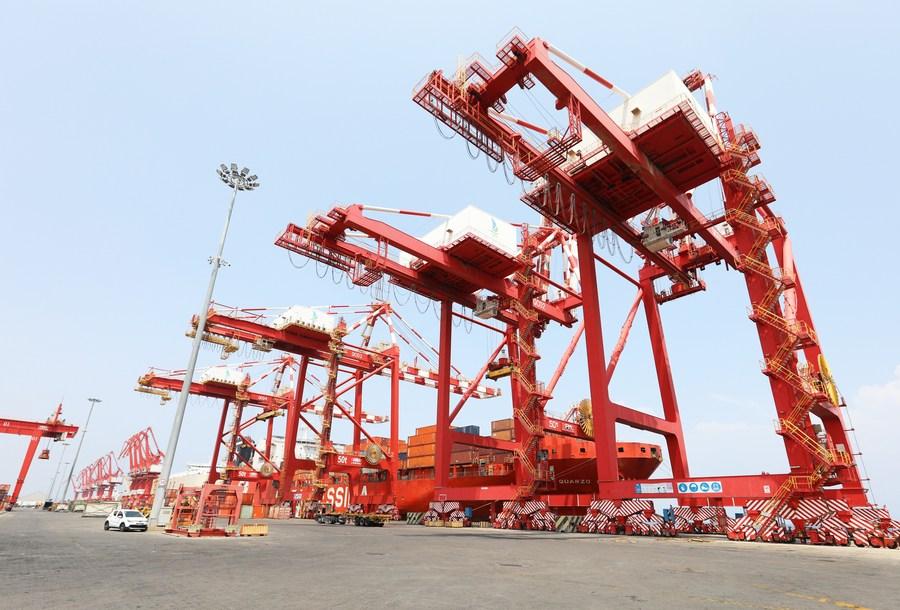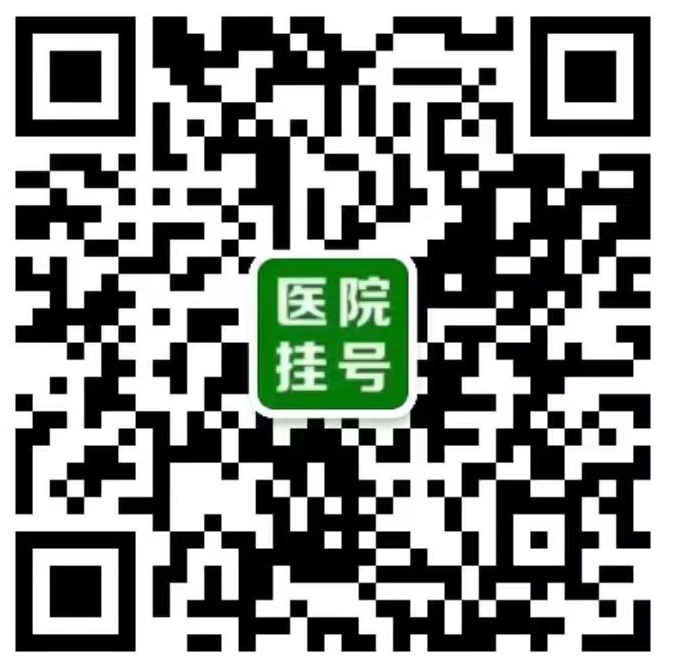中山大学中山眼科中心黄牛代挂号电话票贩子号贩子网上预约挂号,住院检查加快,What positive changes
黄牛号贩子跑腿代挂号(18910288832)微信需要挂号联系客服(18910288832)各大医院服务项目!专家挂号,办理住院加快.检查加快,产科建档,指名医生挂号北京,上海,南京,天津.广州,各大医院代挂号
This photo taken on Sept. 20, 2022 shows the Doraleh Multi-Purpose Port, constructed by China State Construction Engineering Corporation (CSCEC), in Djibouti city, capital of Djibouti. [Photo/Xinhua]
The Belt and Road Initiative (BRI) initiated by China seeks to connect Asia with Africa and Europe via land and maritime networks with the aim of improving regional integration, increasing trade and stimulating economic growth.
The BRI comprises a Silk Road Economic Belt – a trans-continental passage that links China with Southeast Asia, South Asia, Central Asia, Russia and Europe by land – and a 21st century Maritime Silk Road, a sea route connecting China's coastal regions with Southeast and South Asia, the South Pacific, the Middle East and Eastern Africa, all the way to Europe.
The initiative defines five major priorities: policy coordination; infrastructure connectivity; unimpeded trade; financial integration; and connecting people.
The BRI has been associated with a very large programme of investments in infrastructure development for ports, roads, railways and airports, as well as power plants and telecommunications networks. Since 2019, Chinese state-led BRI lending volumes have been in decline. The BRI now places increasing emphasis on "high-quality investment", including through greater use of project finance, risk mitigation tools, and green finance.
The name was formulated by China's President Xi Jinping, who drew inspiration from the concept of the Silk Road established during the Han Dynasty 2,000 years ago – an ancient network of trade routes that connected China to the Mediterranean via Eurasia for centuries.
The ancient Silk Road, which was a network of trade routes originating from China, connecting Asia, Europe and Africa. Ancient Chinese poems had indicated that, numerous emissaries and traders took to the Road, and ships set sail, bringing about a boom in travel and trade over land and across the seas, and providing a strong impetus to regional development and exchanges and cooperation among different nations and civilizations along the routes.
The world today is undergoing great development and profound transformation and changes, which calls for new growth drivers for the global economy, more inclusive and balanced development and ways and means to bridge the yawning gap between the rich and the poor.
In line with the prevailing trend of economic globalization and in response to the call of the times for reforming the global governance system and the strong aspiration of the world's people for a better life, Chinese President Xi Jinping proposed the building of the Silk Road Economic Belt and the 21st Century Maritime Silk Road in 2013, later known as the Belt and Road Initiative (BRI).
This is an initiative for open and inclusive economic cooperation that follows the principle of extensive consultation, joint contribution and shared benefits. It is based on and centered around economic cooperation, underpinned by people-to-people exchanges and mutual learning among civilizations, and aims to increase connectivity among countries along the routes through deepened practical and win-win cooperation to achieve common development.
The five major priorities are as stated below:
Foremost, policy connectivity: states that, any cooperation project under the BRI will be carried out on the basis of consultation on an equal footing, with no political strings attached. It will not be imposed from a "position of strength." Rather China seeks to align the initiative with other countries' development strategies and regional and international development agendas so that the parties involved can draw upon each other's strengths to achieve complementarity. In fact, the BRI has been effectively aligned with policy initiatives like the Middle Corridor initiative of Turkey, the Bright Road initiative of Kazakhstan, the Eurasian Economic Union of Russia and the Development Road initiative of Mongolia to produce greater synergy and a multiplying effect.
In addition, infrastructure connectivity: China is working with relevant countries to accelerate implementation of major infrastructure projects such as railways, roads and ports, with many more connectivity projects in the pipeline. It is the goal of China to create better conditions and more opportunities for trade and investment cooperation and economic development of all countries.
The Infrastructure connectivity saves transportation time and cost, unleashes trade and investment potential, and lends impetus to global economic recovery from the pandemic. Unimpeded trade is a focus of efforts in advancing the BRI, and a strong driving force for sustained growth of the world economy.
Furthermore, trade connectivity: China is working with other BRI participating countries to promote trade and investment facilitation, improve business environment and build FTAs in firm support of the multilateral trade regime and the building of an open world economy.
需要挂号联系客服 黄牛号贩子跑腿代挂号北京上海南京天津18910288832



